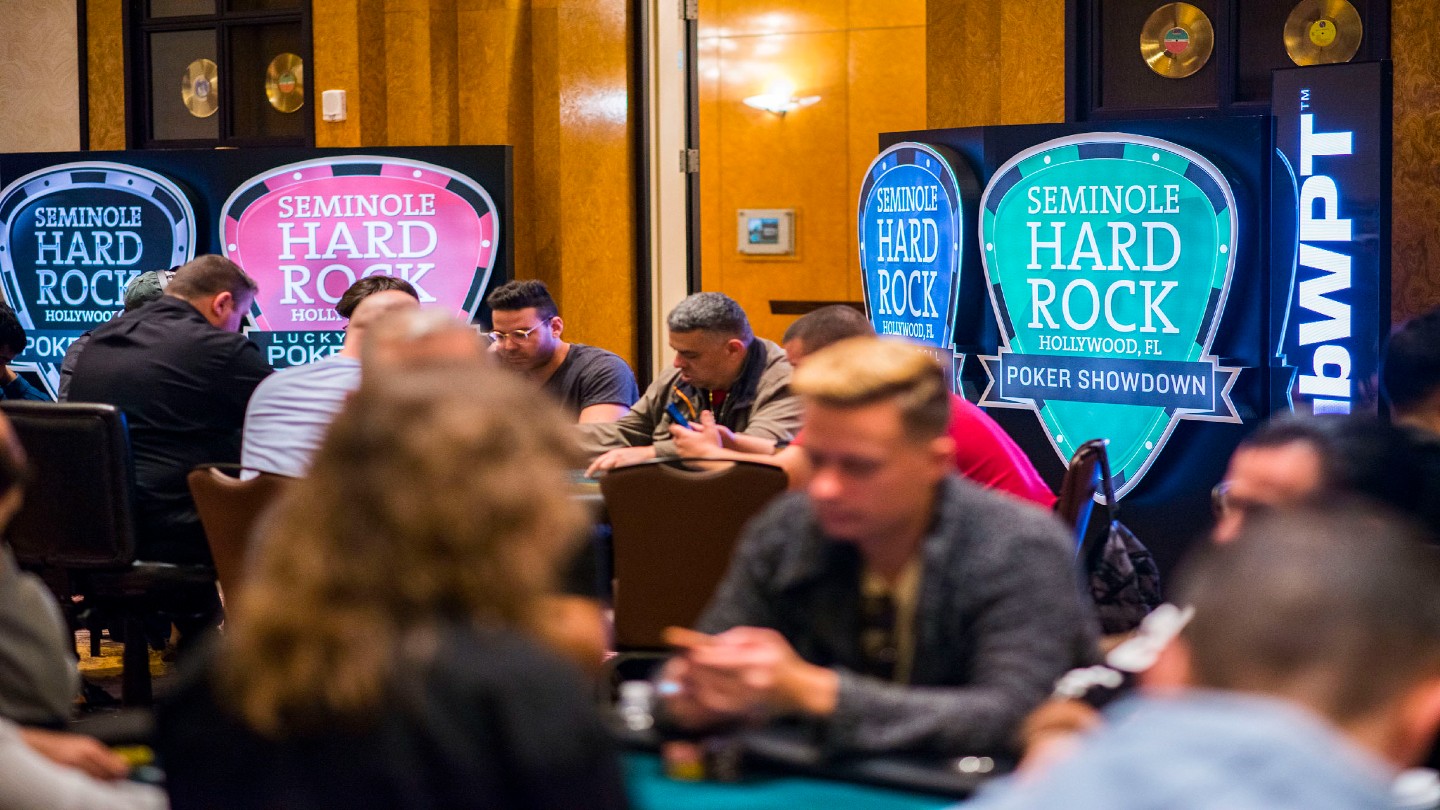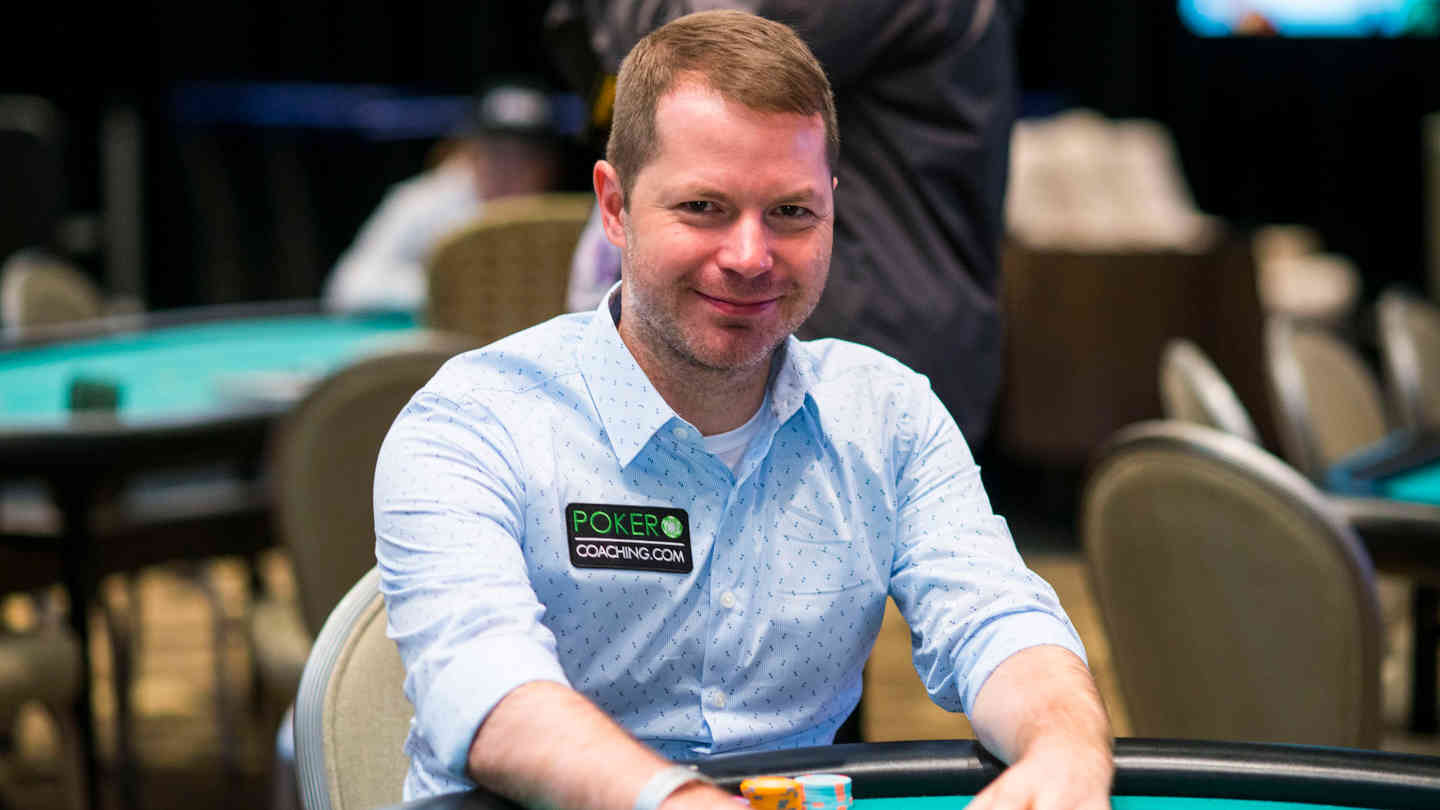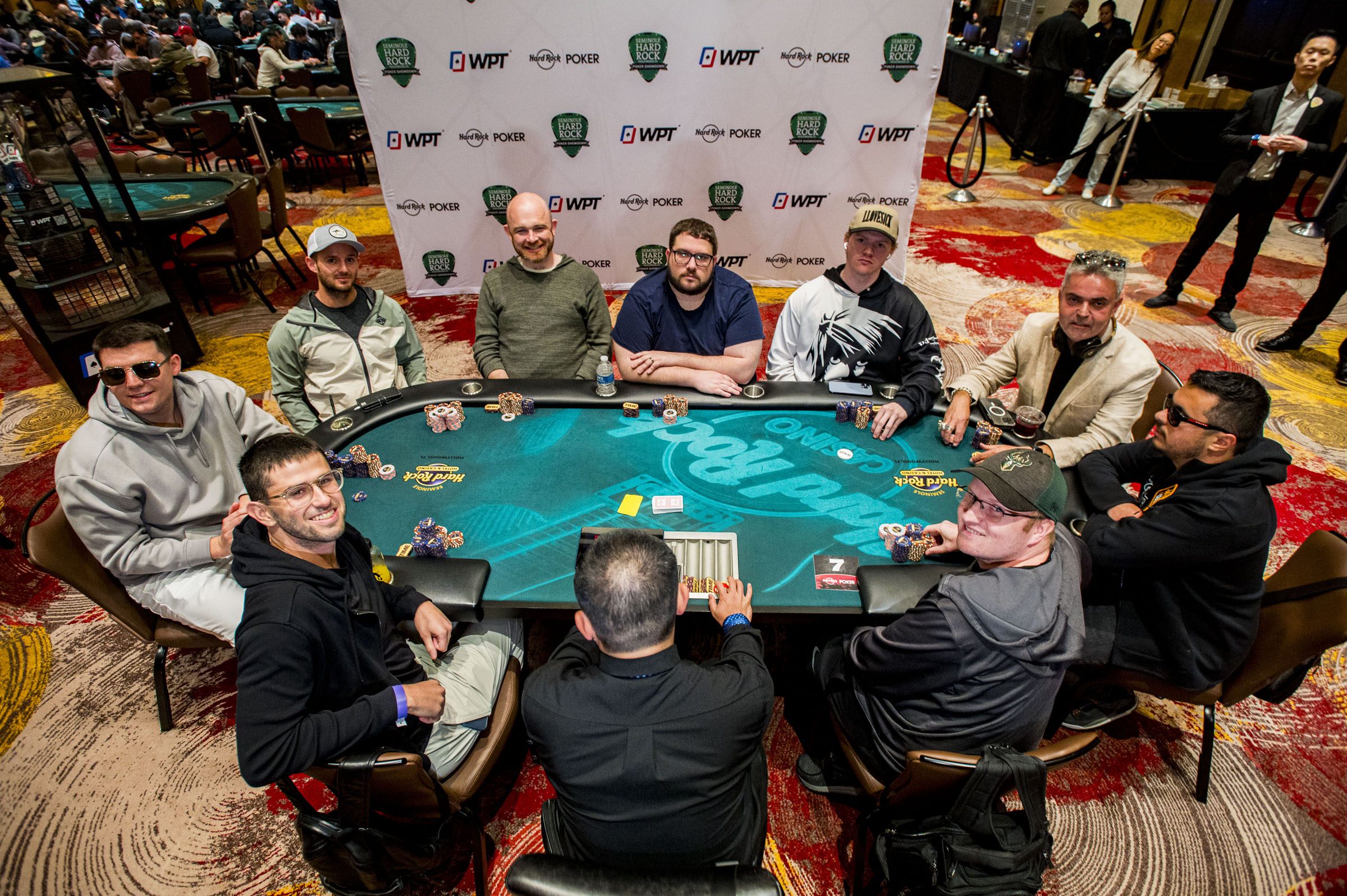SPR in Poker – The Best Adjustments For Your Strategy

9 minutes
Last Updated: March 19, 2024
SPR in Poker – The Best Adjustments For Your Strategy
Image from Pixabay
There are a great many things you need to pay attention to at a poker table, but knowing your starting hands and being good in estimating opponent’s ranges is just one piece of a puzzle.
Understanding how the amount of chips you have in front of you correlates with the number of chips already in the pot is quite significant as well, and can even influence your strategy. This concept is known as a stack to pot ratio or poker SPR.
The simplest SPR poker definition is this: the size of the effective (smallest) stack divided by the size of the pot.
To give you an example, in a $1/2 game, you call a small blind’s preflop raise of $6 from the big blind and see the flop. Your opponent bets $8 on the flop, and you call.
If you both had $200, to begin with, the effective stack right now is $186 ($200 – $6 – $8), and you have $28 in the pot. If that is the case, your poker SPR going to the turn would be:
- 186/28 = 6.6
So, that’s the SPR definition, but why is this number important?
At first glance, it may seem it’s just another calculation that someone came up with that doesn’t matter all that much. However, this couldn’t be further from the truth, especially as the stack to pot ratio starts to shrink.
SPR Poker Strategy and Hand Equities
Understanding the foundations of the SPR poker strategy requires understanding how this number correlates with the strength of your hand. By default, hands become more valuable as SPR gets smaller – and vice versa.

Having a very high stack to pot ratio means you’ll be looking to get involved only with very strong hands or premium draws.
If you start a hand with SPR of 15+, you’re not planning to play for stacks with anything other than the virtual nuts.
On the other hand, if your poker SPR is very low going into the flop, you’ll be looking to stack off fairly lightly. Any reasonable hand, such as a top pair or a decent draw, will do.
If the amount of chips in the pot is similar to the amount you have left in your stack, you don’t need to complicate things too much.
In a nutshell, understanding the SPR poker strategy will help simplify your decision in Texas Holdem.
Players often make mistakes by folding hands in situations where the SPR is such that they just can’t afford to make a profitable fold with any reasonable holding. Likewise, they’ll often disregard the very high stack to pot ratio at the start of a hand and continue to build a massive pot with a mediocre hand. Both of these situations are far from ideal in real-world games.
At this point, the whole idea may still seem somewhat abstract. Because of that, I’ll go over some hand examples to demonstrate certain high and low SPR situations.
Poker SPR in Practice
Now that you know the SPR definition and some general assumptions, how do you go about applying them in your day-to-day play?
Like all poker strategies and concepts, this one will require some practice and learning, but you’ll get better at it the more you try.
In general, the stack to pot ratio can be divided into three broad categories, which can help to determine your play.
- High – 10+ SPR
- Medium – around 5
- Low – SPR of 2.5 and under
These categories can be very helpful if you’ve just stumbled upon the whole idea of SPR in poker.
As mentioned in the previous section, the higher the SPR, the less willing you should be to stack off lightly. Here are some hand examples to bring the point home.
Hand 1: High Poker SPR
Let’s say you’re at the start of the tournament, and everyone’s sitting with 100 big blinds stacks. You open with AJ for 3x and get two callers, including the big blind. The pot is now 10 big blinds, and you have 97 BBs behind, so your SPR is 9.7.
You’re in the high stack to pot ratio area and need to be careful with medium-strength hands.
If the flop comes J 8 9, this isn’t the kind of board you’ll be looking to play for stacks on. While you do have top pair / top kicker, with such a high SPR on the flop, there is no need to risk it all unless you are up against a maniac.
The big blind checks to you and you make a standard continuation bet. The player behind now raises and the big blind calls.
While you don’t necessarily have to fold right then and there, you definitely won’t be looking to raise, either. Stacking off with a hand as weak as top-top in such a high SPR situation would be a wrong decision.
Hand 2: Medium SPR in Poker
You’ll usually have to deal with medium SPR situation in 3-bet pots where you start with the stack of around 100 big blinds effective.
Your hands will go up in value as you’ll have correct odds to stack off with good draws and solid made hands in medium SPR situations.
For example, you open to $6 with KsQs in a $1/$2 game ($200 effective stacks), the opponent 3-bets to $20, and you all. There is now $43 in the pot, and you have $180 in your stack, so your poker SPR is just around 4.1.
The flop comes with 6s 9s Jd, you check to them, and they bet for $25. Your best course of action is just to call. Your poker SPR in this situation is such that any other action would be less profitable.
Folding is obviously out of the question with the second nut flush draw, and you have too much to jam.
On the turn, you’ll have an SPR of 1.6. If they bet again, you won’t have much fold equity, so check-raising all in won’t achieve much.
If you improve in any way, though, by hitting a top pair or a flush, you’re now committed to the hand, and you’ll be more than happy to get the stack in the middle.
Hand 3: Low Stack To Pot Ratio
Once you get into the territory of the low stack to pot ratio, your decisions become quite simple, and once you get to this region, you really can’t afford to give up on any reasonable hands.
Yet, many players still tend to make mistakes in low SPR scenarios by folding way too much.
Let’s say you’re in the big blind in a tournament with 15,000, and blinds are 500/1000. The button opens for 2.2, and you decide to call with 8h9h. The flop comes 9x7x4x. You check, the opponent continues for 2.5k, and the action is back to you.
Your poker SPR in this situation is just around 2. Your best decision here is to move all in. Calling to see the turn just allows your opponent to catch up and makes it very hard to play later streets.
Folding is out of the question with the SPR of 2. So, you need to jam and put them to the test, where they either have to fold their overcards or call while behind.
Many players have problems with these low stack to pot ration scenarios because their hand doesn’t seem strong enough. And, as explained earlier, if your poker SPR were 5, 6, or more, you wouldn’t want to go broke with such a weak hand. However, with it being under 2.5, your hand becomes more than good enough to stack off.
These tips are universal, so it doesn't matter if you are playing poker in a $10 casino game or a high-roller tournament, understanding these simple adjustments will surely help you make better decisions.

SPR in Poker and Bet Sizing
One of the great things about Hold’em is that you have many ways to play poker hands.
Figuring out how much to bet in a particular scenario is a big part of the game, and understanding SPR will help you make better decisions.
Once you remember the SPR definition and understand how it relates to your decisions, you can plan almost any hand around it. If you’re the one driving the action, you can look at the stack to pot ratio to figure out what you want to achieve.
For example, when you’re starting a hand with a shorter SPR, you might want to consider smaller c-bets to keep the ratio reasonable. If your SPR is significant, you might want to size your bets on the larger side so that you can reach that shoving point by the river.
In general, once your SPR is about 1 or so, i.e., the amount of chips you have is roughly equal to the number of chips in the pot, you can start thinking about moving all in. At that point, pushing or folding often becomes your best play.
In situations where the SPR is high, and you have a big hand, you’ll often want to consider a raise on the flop.
While this may seem counterintuitive, the idea behind it is to ensure that you get to that all in point by the river. It may cause you to lose some action here and there but will also lead to you winning much bigger pots more frequently.
Accounting for SPR Poker Strategy When on the Defensive
The knowledge of poker SPR isn’t valuable just in the above situations. It can also be a beneficial tool when you’re on the defending side, especially if you’re up against thinking player.

Keep in mind everything discussed in this article while you play and look for the clues.
When a competent player starts to play a hand aggressively in a high SPR situation, you need to stop and think for a while.
You should assume they know all of this already, so if they’re looking to build a big pot all of a sudden, it’s likely they’re sitting with a monster in the hole.
Of course, this isn’t always the case. Players do bluff sometimes as well, and that’s where other things come into play. Knowing your opponents’ general tendencies will always be a great help.
In isolation, a competent player looking to create a low SPR going to the turn or the river is likely to have a big hand they’re willing to play for the stacks.
Stack to Pot Ratio: Summary
In this article, I’ve tried to cover some of the most critical points you need to understand about the stack to pot ratio and how it can and should influence your decisions at the table.
Once you take time to understand why this idea matters, you’ll realize that it makes perfect sense. Hand values in poker are very situational, and using SPR in poker is one of the best ways to understand and interpret these situations.
In summary, I’ll repeat some of the essential takeaways from this article, and you can pick the rest poker tips as you go along.
- Make sure not to over-fold in low SPR situations
- Absolute hand values go down in high SPR scenarios
- You should use the stack to pot ratio to plan your bet sizes
- Use the stack to pot ratio when figuring out other players’ ranges


















